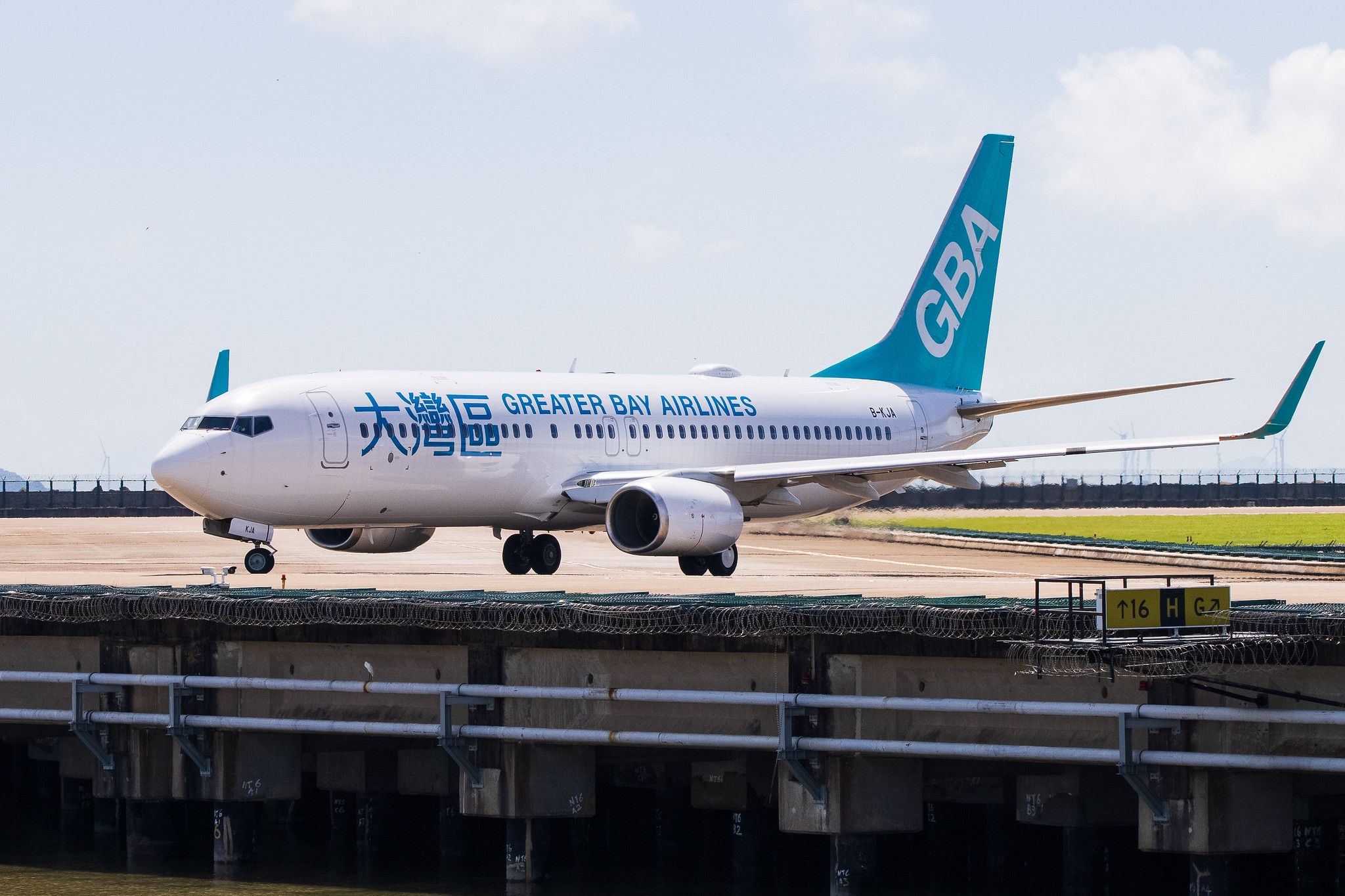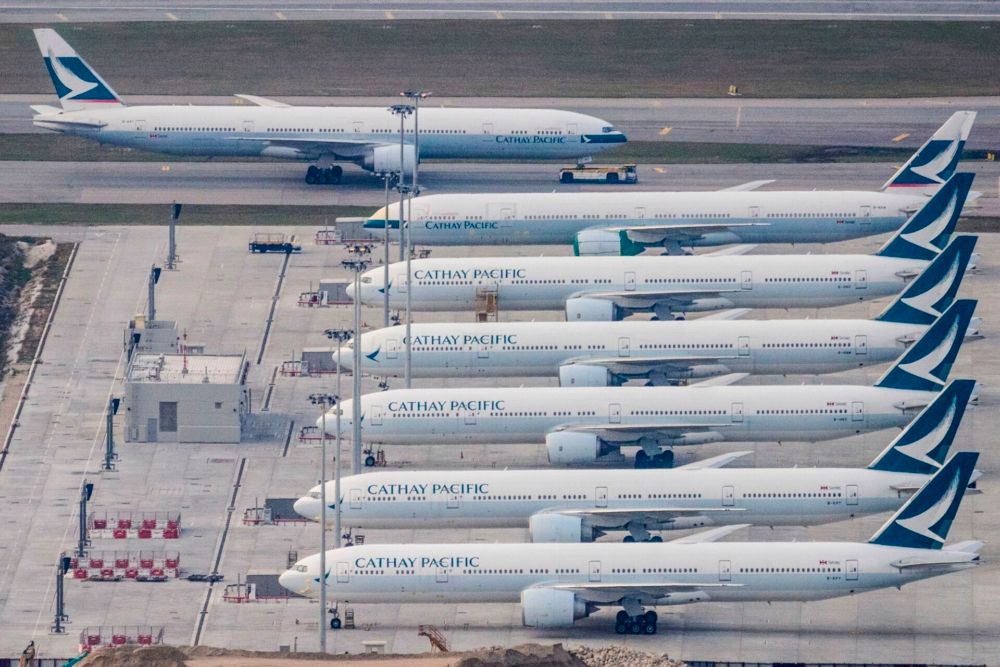Cathay Pacific rival Greater Bay Airlines announced on Monday it had been granted a license by the Hong Kong Air Transport Licensing Authority (ATLA). This will allow it to operate scheduled air services between Hong Kong and as many as 104 routes to mainland China, Taiwan, Japan, South Korea, and other destinations in the Asia-Pacific region. While this clears the way for the startup to soon commence regular commercial services, air travel and demand in Hong Kong remain deeply suppressed.
Greater Bay Airlines was initially planning to launch operations in summer 2021 but has thus far only operated one chartered cargo service in November last year. The airline's Chief Executive Officer, Algernon Yau, said in a statement that the new license was “one of the most important milestones of a new airline entrant in Hong Kong”, and added that,
“Now, with the licence granted by ATLA, it means that we can expedite preparation and confirmation of other regulatory requirements and launch preparations, such as applying for operating permits from different aviation authorities of places we plan to fly to. We are excited to bring a new airline choice to customers, at a time when travellers are yearning for the opportunity to fly again soon.”
At least ten 737s over the next five years
Greater Bay Airlines is founded by property magnate Bill Wong, already the boss of Shenzhen-based Donghai Airlines. The startup carrier received its Air Operator Certificate (AOC) from the Hong Kong Civil Aviation Department in October last year. Up until now, the airline only has one Boeing 737-800 in its fleet but is expecting to take delivery of two more of the type before long.
Meanwhile, there are plans to grow the carrier significantly over the coming five years. It will add ten 737-800s between now and 2026. Furthermore, Greater Bay Airlines is reportedly in talks with Airbus and Boeing for as many as 30 new narrowbody jets, either A320neos or 737 MAX 10s. That is an order that would be worth up to US$1.77 billion at list price.
Specifically, the airline says that the construction of Hong Kong International's third runway by 2024 will provide it with a 'golden opportunity' to expand its fleet and network.
Hong Kong's 'zero COVID' policy hindering recovery
The situation in Hong Kong remains dire, however. Cathay Pacific is still only operating 2% of its pre-pandemic passenger capacity, and 21% of cargo capacity. The airline recently announced it expects to have a cash burn of HK$1.0-1.5 billion ($130 - $190 million) starting February. Hong Kong International Airport reported only 71,000 passengers in January. That is down by a staggering 98.8% compared to the same month in 2020.
While much of the world's aviation has begun to make at the very least an incremental recovery, Hong Kong's continued strict entry requirements are providing its airlines no oxygen at all. In hopes of implementing a 'zero-COVID' policy and reopening borders with mainland China, the city has suspended transit flights from most of the world. It has also banned carriers such as Singapore Airlines and compatriot Scoot following positive COVID cases on arrival.
What do you make of the future of Greater Bay Airlines? How long until Hong Kong carriers can become profitable again? Leave a comment below and share your thoughts.

.jpeg)

